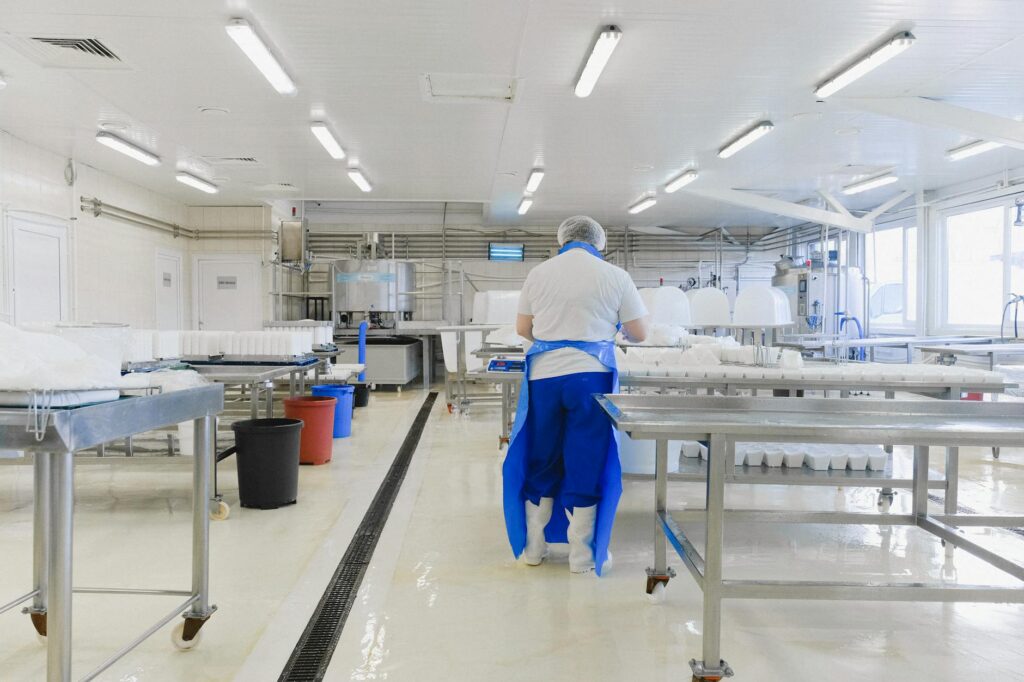What is batch processing tasks for efficiency?

What is batch processing tasks for efficiency?
In today’s fast-paced world, finding ways to boost productivity is crucial. One powerful strategy that many professionals and organizations embrace is batch processing tasks for efficiency. This approach not only streamlines workflows but also enhances focus and reduces stress. Let’s explore what batch processing is and how it can transform your daily routine.
Understanding Batch Processing
Batch processing refers to the grouping of similar tasks together to complete them in one go, rather than switching from one task to another continuously. It’s like cooking a big meal: instead of preparing each dish individually, you chop all the vegetables at once, boil the pasta in bulk, and so on. This method is efficient and saves time.
What is Batch Processing?
At its core, batch processing is about optimizing our approach to work. Rather than tackling tasks sporadically, you consolidate similar activities into a single time block. This could be anything from responding to emails, creating reports, or even grocery shopping. By focusing on one type of task at a time, you minimize distractions and the cognitive load associated with frequent task-switching.
History of Batch Processing
Batch processing has its roots in the early days of computing, where it was essential for managing large volumes of data efficiently. Initially used in programming, it has evolved across industries. Today, it’s common in sectors ranging from manufacturing to digital marketing, adapting to the need for speed and accuracy. For instance, organizations can harness batch processing to automate repetitive tasks, enabling faster decision-making and improved performance (AWS).
Benefits of Batch Processing Tasks for Efficiency
Embracing batch processing can offer various advantages that contribute significantly to productivity.
Time Management Advantages
One of the most notable benefits of batch processing is time savings. By working on similar tasks together, you eliminate the wasted time that often comes with switching contexts. Research shows that frequent task-switching can reduce productivity by as much as 40%. By batching, you create a more efficient workflow, allowing you to complete tasks faster.
Enhanced Focus and Productivity
Another key benefit is enhanced focus. When you concentrate on a specific type of task, you’re less likely to be distracted. This method encourages a deep work mentality, where you can immerse yourself fully in your tasks. Studies indicate that focusing on similar tasks leads to higher productivity levels, and you’ll find yourself accomplishing more in less time (Spotfire).

Photo by Anna Shvets
Implementing Batch Processing in Your Workflow
So, how can you start incorporating batch processing into your daily routine? Here are some practical steps.
Identifying Tasks for Batching
The first step is to identify tasks that can be grouped together. Look for activities that share similarities. For example, if you have to write reports, handle emails, or make phone calls, these can all be batched. Ask yourself: What tasks require similar mental processes? This will help you organize your workload more effectively.
Creating a Batch Processing Schedule
Once you’ve identified the tasks, it’s time to create a schedule. Allocate specific time blocks in your calendar for each batch of tasks. For instance, reserve mornings for writing and afternoons for meetings. Stick to this schedule as much as possible. This will help create a routine that enhances productivity and flow (Timing App).
Challenges and Solutions in Batch Processing
While batch processing can be highly beneficial, it’s not without its challenges. Here’s how to navigate some common issues.
Maintaining Flexibility
One potential difficulty is maintaining flexibility for unexpected tasks. Life is unpredictable, and emergencies can arise. To address this, build buffer times into your schedule. This allows you to adapt without derailing your entire batching strategy. You can also use tools to prioritize tasks effectively when new urgent tasks come in (Larksuite).
Avoiding Burnout
Batch processing can lead to intense focus sessions, but it’s essential to guard against burnout. Schedule breaks between your batching blocks. These breaks help recharge your mind and prevent fatigue. Remember, productivity isn’t just about working harder; it’s also about working smarter. Balance is key to sustaining effectiveness over the long term.
Conclusion
Batch processing tasks for efficiency can revolutionize your approach to work. By organizing similar tasks into specified time blocks, you can enhance your focus, save time, and ultimately boost your productivity. Embrace this strategy and watch how it creates a more manageable and enjoyable work experience. Start implementing batch processing in your daily routine, and reap the benefits of a more efficient life.